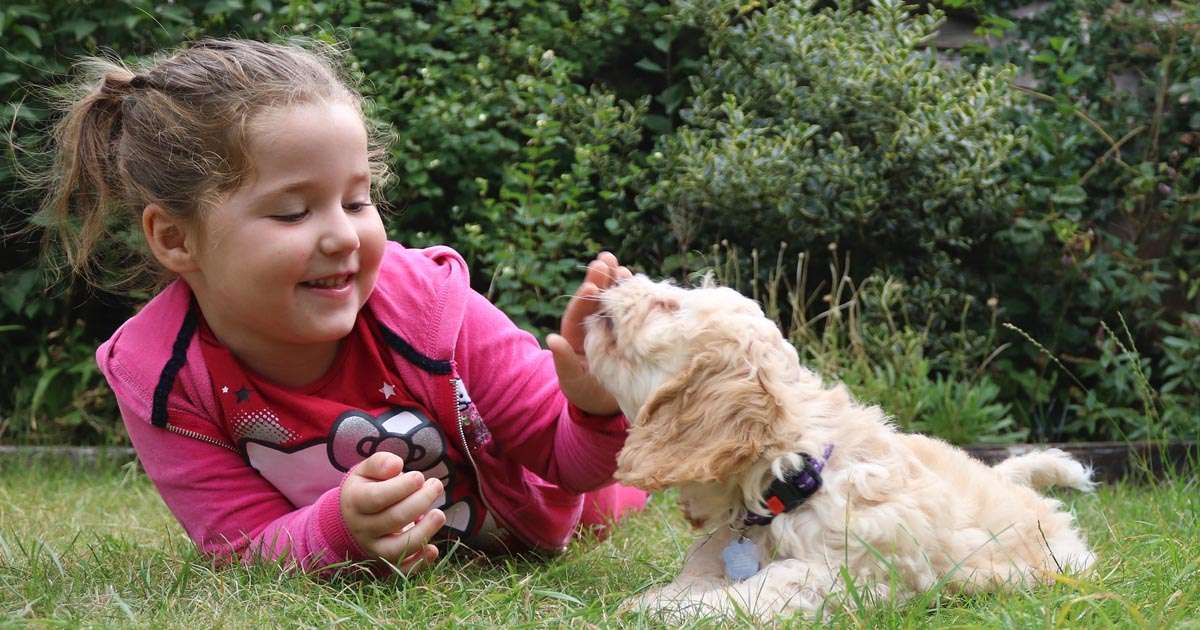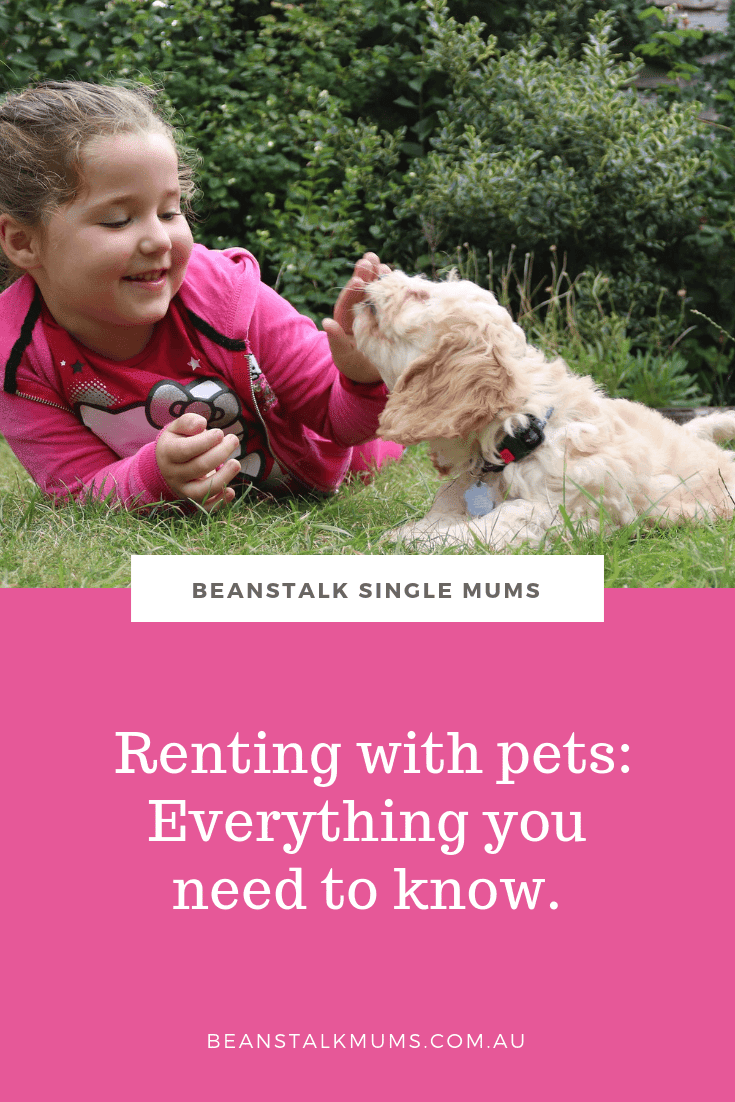
Renting with pets: Everything you need to know.
Pets are a treasured member of thousands of Australian families. They go where we go, but sometimes it’s not that easy, especially when you live in a rental property.
I’m an advocate for pets in rentals but many other landlords aren’t, despite research finding pet owners stay in their rental longer and pay more rent.
There is a shortage of pet-friendly rental properties across the country. An analysis found that as few as five per cent of advertised rental properties allow pets, while one-third of Australians rent. Reforms to state tenancy laws in Victoria aim to help more pet owners find rental properties, by allowing renters to own pets without their landlord’s content. However, we are yet to see these reforms happen in other states.
As a pet owner, there are ways to find a pet-friendly home and make yourself a more appealing tenant to prospective landlords.
TIPS FOR RENTING WITH PETS
FIND THE RIGHT PROPERTY FOR YOU AND YOUR PETS
Not all rental properties are suitable for pets, and sometimes the home you want to live in won’t be the best for your animal. For example, a two-bedroom apartment in the inner city might not be the ideal home for a Border Collie or Golden Retriever as large breeds of dogs that need high levels of exercise and space to run and play. This property may be better suited to a household with a cat or pocket pets.
ASK THE QUESTION ABOUT RENTING WITH PETS
While there is a lack of pet-friendly rental properties advertised, it is possible that not all listings are marked as suitable for pets. Sometimes pets are a negotiable clause. Explain to the landlord what type of pet you own and ask whether they would consider accepting you as a tenant. The worst they can say is ‘no’.
WRITE A PET RESUME
This is such a cool tip for renting with pets. Landlords want to feel that not only their tenants, but their tenant’s pets, will look after the property and treat it with respect.
While they can’t interview your pets, you can provide them with more details in the form of a pet resume. This document includes information about the pet including:
- Breed
- Age
- Temperament
- Vaccination history
- Any training
Consider speaking to your pet’s veterinarian and asking them to vouch for your pet’s good behaviour. Just like a job interview, the next step is an interview. First impressions are important, so consider introducing the landlord or property manager to your pet.
PAY A BOND
Some Renters may like to offer the landlord or property manager a pet bond to cover any potential pet damage. Western Australia is the only state where pet bonds can be charged, however they are not compulsory. A pet bond must be no more than $260, unless the weekly rent is more than $1200 per week, according to WA’s Department of Commerce. If you have an assistance dog, you cannot be charged a pet bond.
OFFER MORE RENT
Consider offering a landlord more than the advertised rent to help overcome any pet restrictions. If you can afford to pay more, the extra rental income may help the landlord protect their property from perceived risks.
KEEP IT CLEAN
One of the common concerns about renting to pet owners is cleanliness. Pets shed fur and they can bring mess inside from the backyard. By offering to deep clean carpets and deodorise the property when you leave, you are minimising the associated risks with renting to pet owners. Actions that show you’re willing to go above and beyond to keep the rental property clean and pass property inspections will be well-received by landlords.
PROVE YOURSELF (AND YOUR PETS)
If you’ve successfully rented a property with your pets previously, providing contact details of your landlord or property manager to prospective new landlords could help convince them you’d make a good tenant. If the landlord or property manager for new rentals is still not convinced, you may like to suggest a rental trial. This could be a short lease period where you can prove to your landlord that you are a responsible pet owner.
Renting with pets: Everything you need to know (cont.)
GET IT IN WRITING
Once you’re successful in finding a pet-friendly rental property, get it in writing. Your rental agreement should specifically state that you are allowed to keep pets. This provides some reassurance if the unforeseen were to occur, or circumstances change.
BE HONEST WHEN RENTING WITH PETS
Honesty is the best policy. Tenants should communicate openly and honestly with their landlord or property manager about pets and not keep a pet without their permission.
While a Terri Scheer landlord insurance policy covers landlords for pet damage by pets not listed on the rental agreement, this practice gives pet owners a bad name. Plus, it can make landlords and property managers even more reluctant to accept pets in the future.
A tenant caught disobeying a ‘no pets’ rule is unlikely to get a good future reference and could be blacklisted by the landlord or property manager from any of their future listings.














